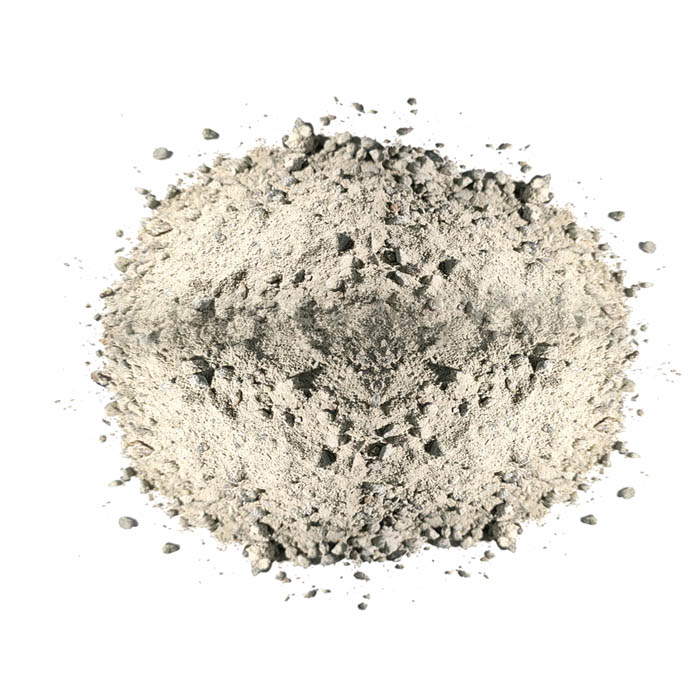Oct . 11, 2024 05:54 Back to list
iron out powder factories
The Ironing Out of Powder A Look into Iron Powder Factories
Iron powder is a crucial raw material used in various applications, from metallurgy to pharmaceuticals, and even in the production of advanced materials. The manufacturing process of iron powder is fascinating, involving several methods and technologies that ensure the quality and purity of the final product. This article explores the nuts and bolts of iron powder factories, the processes involved, and the significance of these facilities in the global market.
Manufacturing Processes
Iron powder is produced using several methods, each tailored to specific applications and desired characteristics. The most common processes are
1. Atomization This process involves the fragmentation of molten iron into fine particles by using a gas or water stream. The resultant particles vary in size and shape, which can be controlled during the atomization process. This method is favored for its ability to produce high-purity iron powder with desirable physical properties.
2. Reduction In the reduction process, iron oxide is converted into metallic iron using a reducing agent, typically hydrogen or carbon monoxide. This method enables the creation of very fine powders and can also be adapted for producing different grades of iron based on the desired characteristics.
3. Milling Milling involves crushing larger iron particles into finer powder. Although this method is generally considered less efficient than atomization, it is still used in certain applications, particularly when cost-effectiveness is a priority.
4. Electrolysis A more niche method, electrolysis involves the dissolution of iron salts in a solution, followed by the deposition of metallic iron on cathodes. This process is especially valuable for producing high-purity iron powders, which are essential in specific applications, such as catalysts in chemical processes.
Quality Control
Iron powder factories prioritize quality control to ensure their products meet stringent industry standards. This involves rigorous testing of raw materials and finished products, including analysis of particle size, purity levels, and morphological characteristics. Advanced techniques, such as scanning electron microscopy (SEM) and X-ray diffraction (XRD), are used to assess the properties of the powders.
iron out powder factories

The quality of iron powder is pivotal, as it directly impacts the performance of the end products, whether they are used in sintering, additive manufacturing, or chemical processes. For example, in the automotive and aerospace industries, high-purity iron powder is critical for producing components that must withstand significant stress and corrosion.
Applications of Iron Powder
Iron powder’s versatility means it finds applications across multiple industries. Here are a few significant uses
- Metallurgy Iron powder is extensively used in powder metallurgy (PM) for manufacturing parts with complex geometries that would be challenging to produce through traditional machining methods. PM allows for reduced waste and energy expenditure, making it an attractive option for manufacturers.
- Additive Manufacturing In recent years, iron powder has found a place in 3D printing, where it is used as a feedstock for producing metal parts. This technology has revolutionized manufacturing by enabling the production of lightweight and intricate designs.
- Magnetic Materials Certain iron powders are processed to create magnetic components, which are indispensable in electrical devices and sensors.
- Pharmaceuticals In the pharmaceutical industry, iron powder serves as a vital ingredient in dietary supplements and fortification of foods due to its role in iron supplements, essential for combating anemia.
Conclusion
Iron powder factories play an integral role in modern manufacturing and technology. Through various production methods and stringent quality control measures, these facilities ensure the availability of high-quality iron powder to meet the diverse needs of different industries. As technology continues to advance, the importance of iron powder is likely to grow, underlining the necessity for innovation and efficiency in iron powder manufacturing. With the increasing demand for sustainable and efficient production processes, the future of iron powder factories looks promising, setting the stage for further advancements in materials science and manufacturing techniques.
-
Fe-C Composite Pellets for BOF: Enhance Steelmaking Efficiency
NewsAug.07,2025
-
Eco-Friendly Granule Covering Agent | Dust & Caking Control
NewsAug.06,2025
-
Fe-C Composite Pellets for BOF: High-Efficiency & Cost-Saving
NewsAug.05,2025
-
Premium Tundish Covering Agents Exporters | High Purity
NewsAug.04,2025
-
Fe-C Composite Pellets for BOF | Efficient & Economical
NewsAug.03,2025
-
Top Tundish Covering Agent Exporters | Premium Quality Solutions
NewsAug.02,2025
